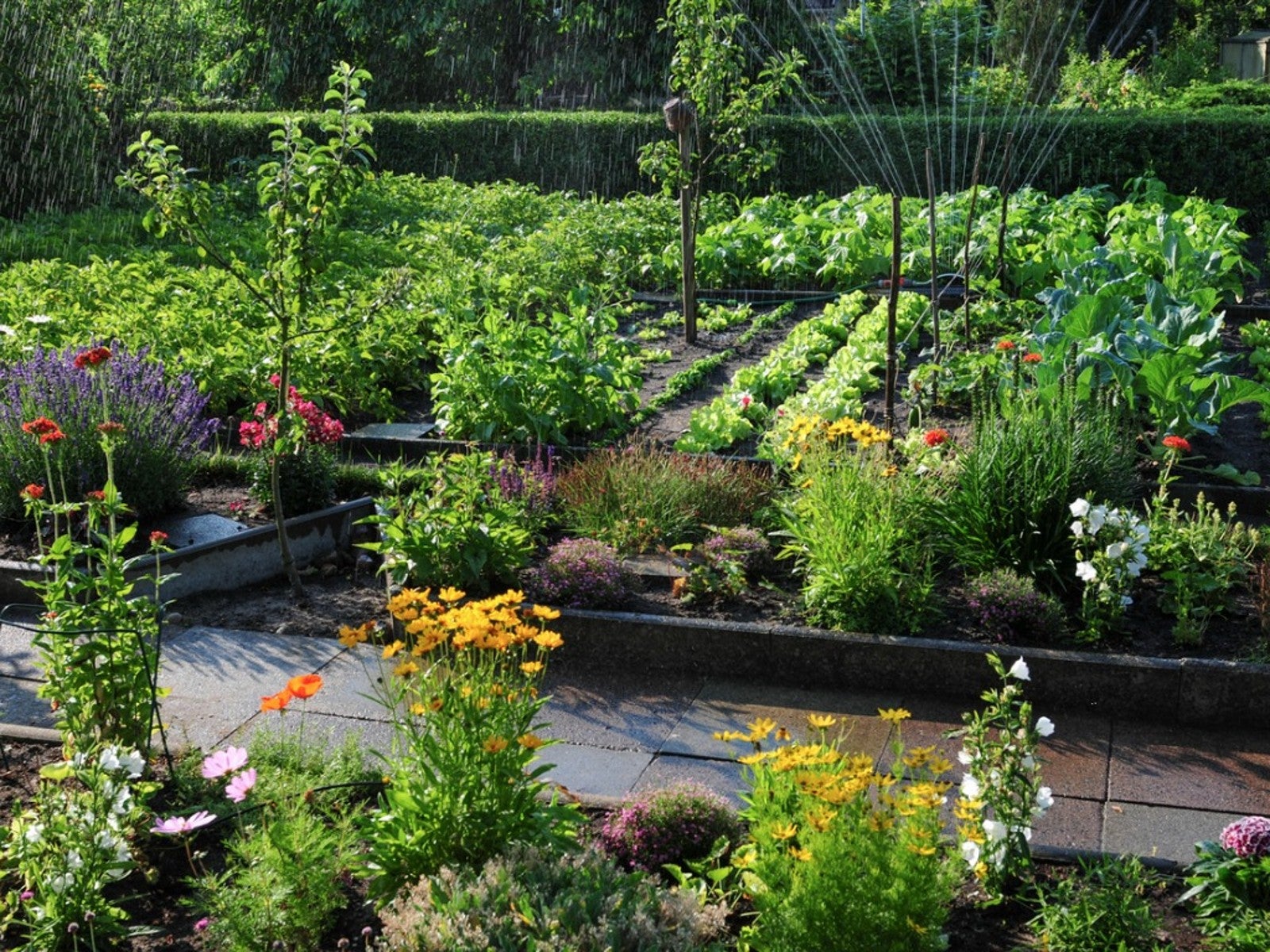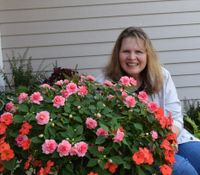Companion Planting Vegetables And Pollinator Plants


To have a more successful vegetable garden, try planting companion flowers for vegetables. Growing pollen-and-nectar producing plants near your edibles will provide nesting and food for pollinators such as bees, flies, butterflies, and hummingbirds.
Studies show the addition of pollinator friendly plants to your landscape can increase vegetable and/or fruit yields. Some good pollinator plants for vegetable gardens include echinacea, rudbeckia, monarda, and butterfly bushes.
Pollinator-Friendly Companion Plants for Vegetables
Crop plants pollinate by insects or wind. If the plant produces separate male and female flowers, a bee carries pollen from the male flower to the receptive female flower. If the male and female structures are located within each flower, visiting insects will help to move or shake the pollen loose.
To avoid problems with fruit set, bring pollinators to the garden with companion plants. Good pollinator plants for vegetable gardens include native plants and cultivated plants that provide nectar and/or pollen in a mix of annuals, perennials, and shrubs that bloom at sequential times from spring to fall.
You can further increase pollinator numbers by leaving bare ground for native bees to nest and avoid using pesticides. If you do use chemicals, choose those with the lowest toxicity to bees, and do not spray just before or during flowering.
Pollinator plants for vegetable gardens can be located among or around the vegetables or in a nearby garden created for your pollinator plants. Bees gravitate to the colors white, blue, purple, and yellow. Butterflies seek red, yellow, purple, pink, and orange flowers. Hummingbirds prefer bright red flowers with a tubular shape. Stock your garden with long-blooming perennials and fill in with annuals and herbs. Site your garden in full sun and work compost into the soil.
The following plants attract pollinators:
Annuals:
- Ageratum (Ageratum houstonianum)
- Cosmos (Cosmos bipinnatus)
- Lantana (Lantana camara)
- Marigold (Tagetes spp)
- Mexican sunflower (Tithonia rotundifolia)
- Pentas (Pentas lanceolata)
- Cleome (Cleome hassleriana)
- Sweet alyssum (Lobularia maritima)
- Tall Verbena (V. bonariensis)
Herbs:
- Basil (Ocimum basilicum)
- Borage (Borago officinalis)
- Catmint (Nepeta x faassenii)
- Chives (Allium schoenoprasum)
- Dill (Anethum graveolens)*
- Lavender (Lavandula angustifolia)
- Oregano (Origanum vulgare)
- Rosemary (Salvia rosmarinus)
- Rue (Ruta graveolens)*
Perennials:
Spring:
Sign up for the Gardening Know How newsletter today and receive a free copy of our e-book "How to Grow Delicious Tomatoes".
- False indigo (Baptisia spp.)
- Native columbine (Aquilegia canadensis)
- Spring crocus (Crocus spp.)
Summer:
- Anise hyssop (Agastache foeniculum)
- Beebalm (Monarda fistulosa)
- Black-eyed Susan (Rudbeckia spp.)
- Butterflyweed (Asclepias tuberosa)*
- Coneflower (Echinacea spp.)
- Golden Alexanders (Zizia aurea)*
- Joe Pye weed (Eutrochium maculatum)
- Prairie Blazing Star (Liatris pycnostachya)
- Salvia (Salvia spp.)
- Sneezeweed (Helenium autumnale)
- Swamp milkweed (Asclepias incarnata)*
Fall:
- Goldenrod (Solidago spp.)
- New England Aster (Symphyotrichum novae-angliae)*
Shrubs/Trees:
- Butterfly bush (Buddlea spp.)
- Button bush (Cephalanthus occidentalis)
- Leadplant (Amorpha canescens)*
- Plum (Prunus americana, et. al)*
*Butterfly host plant

After graduating from Oklahoma State University with a degree in English, Susan pursued a career in communications. In addition, she wrote garden articles for magazines and authored a newspaper gardening column for many years. She contributed South-Central regional gardening columns for four years to Lowes.com. While living in Oklahoma, she served as a master gardener for 17 years.